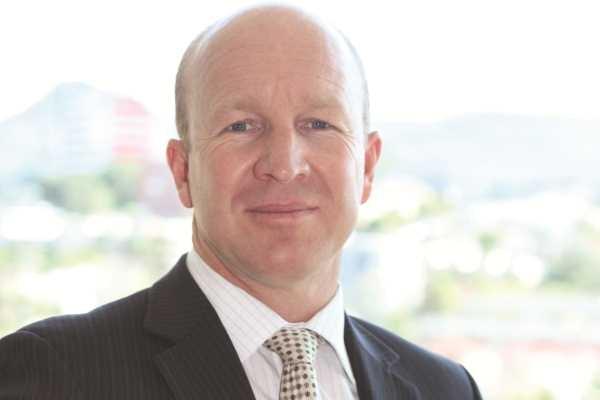
Evan Thomas, general manager of IT integration with Medibank
It is day one of the acquisition and executive reputations are on the line. Are you prepared? Have you revised your current organisation commitments and reviewed organisational priorities with colleagues?
When organisations embark upon a merger or acquisition they expect to deliver value. It is generally achieved through synergies but few, if any, synergies are possible without IT’s involvement.
It is essential the CIO understands the business value expectations and determine IT’s overarching approach to integration.
Preparation and planning are critical to successful integration. CIOs can stay ahead by directing the development of a tailored IT integration framework into their broader IT governance model. It should be developed in context of the organisation, IT strategy and the IT operating model. At a high level there would be three stages — ‘due diligence’, ‘first 100 days’ and ‘post 100 days’. This article deals with the first 100 days.
Validate
Due diligence provides a comprehensive evaluation of the acquisition targets assets, liabilities and capabilities but there are constraints and limitations. As a priority, CIOs should use the first 100 days to validate the due diligence findings and the IT synergies factored into the acquisition business case to re-baseline IT integrations plans.
IT integration due diligence activities should be extended within the first 100 days to the following processes:
- IT security — penetration tests and vulnerability assessments, audits of security patching and antivirus protection, data centre inspections and the commencement of remediation for any critical issues and risks.
- IT audit and risk — review of minimum IT controls.
- IT project management office — complete a high level scan and project assurance health check across the business and IT to obtain a sense of project efficacy and risks.
- IT architecture — undertake a strategic assessment of infrastructure, networks, and applications to inform the future state and specifically enable the ‘post 100 day’ plans for IT integration.
- IT commercials — review contractual IT obligations, ascertain exposures, meet with key IT suppliers and confirm IT synergies available via contract consolidation.
Plan
CIOs must set the tone for IT integration by directing and governing the future state of the organisations IT and business systems. IT integration should encompass staged deliverables in separate phases to effectively manage implementation risk. ‘Post 100 day’ plans for IT integration will be informed and determined during the first 100 days with the completion of due diligence validation and additional assessments.
While risk management is typically at the forefront of every CIO’s mind, IT integration calls for risk management to be applied across both organisations assets. You cannot afford undue oversight of either organisation’s business operations as they are essential to service delivery.
Execute
Your best assets are your people. Implement staff retention plans quickly. Generally staff will be anxious and will want to know whether they will have a job in the months to come.
Always remember time is money. Anticipate the basics elements of IT integration by pre-planning network connectivity and the provision of any organisational communication collaboration capabilities.
The consolidations of applications will generally be influenced by the acquirer’s IT operating model. Anticipate the businesses requirements, however, to consolidate the financial and payroll systems in the ‘first 100 days’. Further consolidation and rationalisation of IT and core business applications should be part of ‘post 100 day’ IT integration plans.
Communicate
Your communications strategy provides direction, clarity and the appropriate transparency of the first 100 day plans for IT integration. Be visible and connect genuinely with staff as they will be looking at you to provide leadership, answers and value.
Evan Thomas is general manager of IT integration with Medibank. He was the CIO at Australian Health Management for more than five years and has recently developed Medibank’s IT integration framework.
Join the CIO Australia group on LinkedIn. The group is open to CIOs, IT Directors, COOs, CTOs and senior IT managers.
